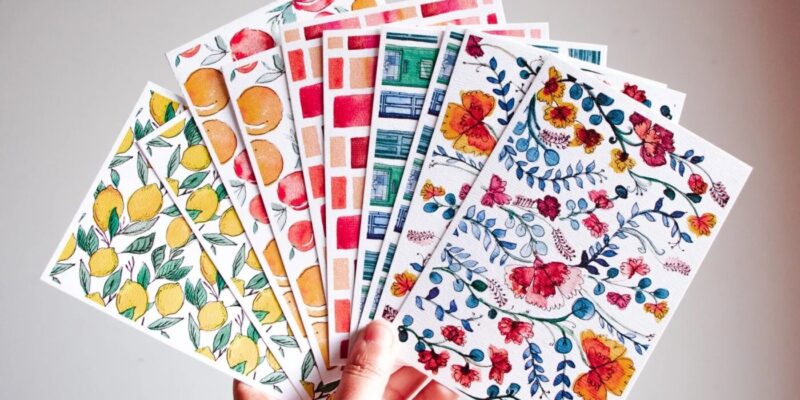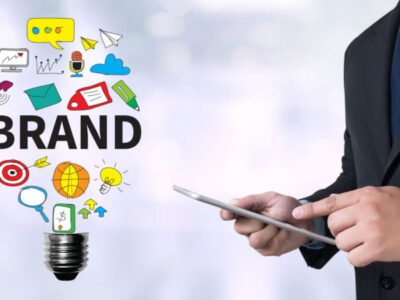
Postcards have been a popular means of communication for centuries, but in the digital age, plastic postcards are challenging their traditional paper counterparts. While some people feel that electronic communication can never match the sentiment of holding an actual physical card in your hands, many people find plastic postcards to be a valuable alternative. In this blog post, we compare and contrast these two methods of dispatching messages by analyzing their effectiveness, impact on the environment, and practicality for both senders and receivers. Our goal is to paint a comprehensive picture so our readers can make an educated decision about which type of postcard is right for them!
Plastic postcards and how they are beneficial to businesses
Plastic die-cut postcards are a great marketing tool for businesses looking to stand out from the competition. These postcards are made from durable plastic, which makes them resistant to bending, tearing, and water damage. They are also customizable, allowing businesses to add their logo, messaging, and promotional offers. Plastic postcards are better than traditional paper postcards because they have high-quality graphics, vibrant colors, and a professional look. As a result, businesses can capture the attention of potential customers and increase brand awareness. Additionally, plastic postcards can be used for a variety of purposes, including, but not limited to, event invitations, product announcements, and loyalty programs. In summary, plastic die-cut postcards are a cost-effective and versatile marketing tool that can help businesses achieve their marketing goals and boost their bottom line.
Advantages of traditional paper postcards for personal mailings
In a world dominated by technology, the timeless charm of traditional paper postcards cannot be ignored. There is something special about receiving a personalized message from a loved one in the mail, especially when it’s in the form of a beautifully designed postcard. Unlike a generic email or text message, a paper postcard puts a physical reminder of the sender in your hands and can be displayed as a cherished keepsake. Plus, postcards are a cost-effective option for sending mail to friends and family, and can often be found in tourist shops all over the world, making them perfect for sending a quick hello from your travels. When it comes to personal mailings, traditional paper postcards are a unique and thoughtful choice.
Considerations for selecting between plastic and paper postcards
When it comes to selecting between plastic and paper postcards, there are a few key considerations to keep in mind. One of the biggest factors is environmental friendliness. While plastic postcards may be more durable, they can take hundreds of years to break down in the environment, whereas paper postcards can be easily recycled. Cost is also an important consideration, as plastic postcards can often be more expensive than their paper counterparts. And finally, durability should be weighed against the environmental impact – while plastic may last longer, it ultimately creates more waste. Ultimately, it is up to each individual or organization to weigh these considerations and make a decision that aligns with their values and priorities.
Factors to consider when creating a postcard
Creating a postcard design that resonates with different types of audiences can be a tricky process. There are many factors to consider, such as the target market’s age range, interests, and preferences. For example, if the direct mail services in Tampa are targeting retirees, the postcard design may need to focus on comfort, relaxation, and enjoying time with loved ones. On the other hand, if the target market is college students, the design may need to be more trendy, playful, and attention-grabbing. Ultimately, it’s important to understand the nuances of each audience and design a postcard that speaks to their unique needs and desires. By taking the time to craft a thoughtful and engaging design, businesses can drive greater success and connect more effectively with their customers.
Successful plastic and paper postcard campaigns
In the world of advertising, crafting a successful campaign can be a challenging task. However, there are many examples of companies who have achieved this feat through effective use of direct mail postcards. Whether it’s through clever design, a compelling message, or strategic targeting, these campaigns have proven to be remarkably successful. From Coca-Cola’s iconic “Share a Coke” campaign to Ikea’s playful “Welcome to the Storage Age,” these postcard campaigns have captured the attention of audiences around the world. Through their unique approach, they have managed to not only drive sales but also create a lasting impression in the minds of consumers. These examples are a testament to the power of direct mail and the potential it holds for businesses looking to make a lasting impact.
In conclusion, both plastic and paper postcards can be successful if created and used strategically. Companies should consider the difference between the two materials before deciding which type to use for their postcard campaign. Plastic postcards may have a number of advantages including cost, environmental friendliness, and durability; however, traditional paper postcards offer a higher-quality look and feel that allows businesses to make a unique impression on potential customers. Furthermore, specialized considerations must be taken into account when creating a design that works with either material. With thoughtful research and planning on selecting postcard materials and crafting a creative design, businesses can create an effective postcard campaign that stands out among the competition. Therefore, it is important to weigh all these factors carefully and choose wisely in order to benefit most from postcards as an advertising strategy. Visit our website to learn more about how our team of experts can help you create the perfect postcard campaign today!












